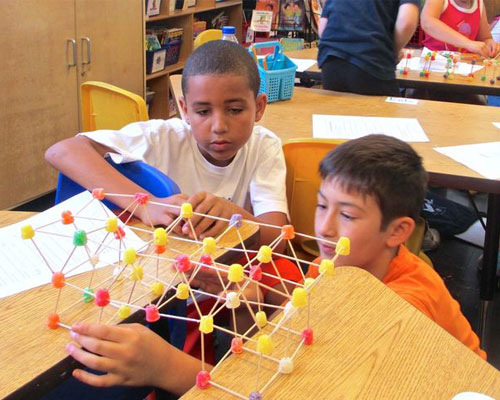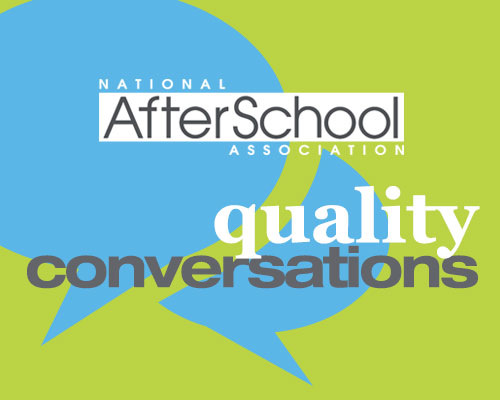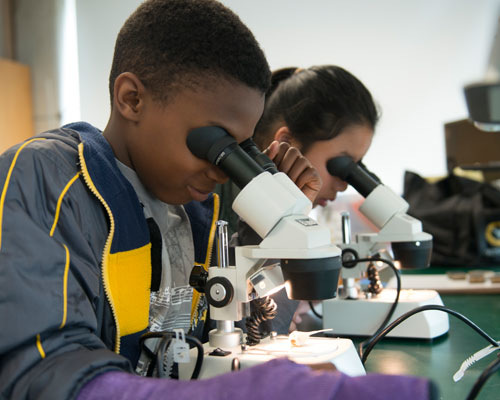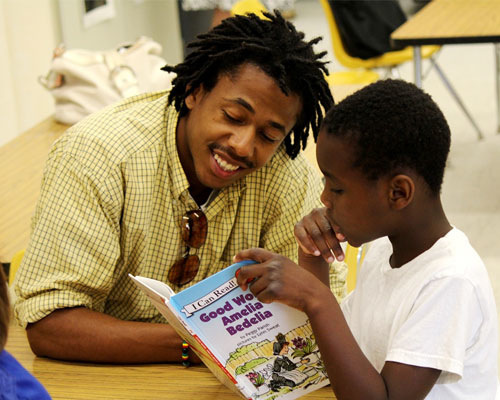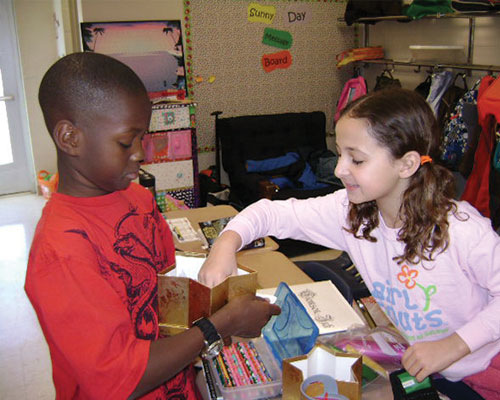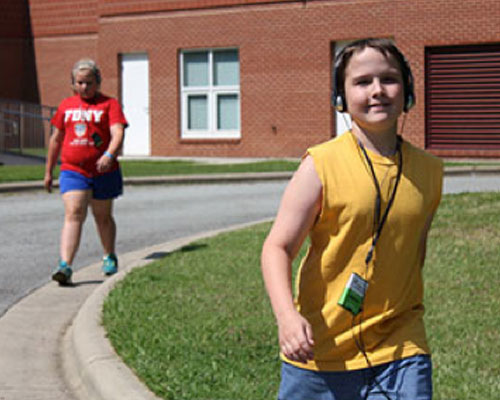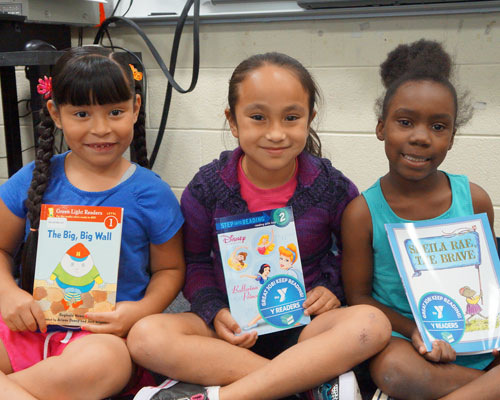Podcasts
NAA is pleased to offer a variety of podcasts, each designed to introduce valuable information and resources aimed at strengthening the field of afterschool.
Displaying items by tag: resources
Selecting STEM Activities: 15 Questions to Ask
STEM (science, technology, engineering, and math) affects every aspect of our lives. High-quality STEM experiences develop critical thinking skills, increase science literacy, and enable the next generation to be innovators. By helping youth develop science attitude, identity, and engagement, we can have a positive and lasting impact on youth.
Flip the Switch on Screen Time
Did you know that in addition to improved health, physical activity actually supports better learning in school? When kids are physically active, they perform better academically, have better attendance, and their behavior improves. Awesome, right?
NAA Quality Conversations: Evaluation
Episode 5 of NAA Quality Conversations, "Evaluation IS a Quality Improvement Process and Strategy," is now live!
Celebrate Summer Learning Day!
June 19, 2015, is Summer Learning Day—the annual kickoff to summer where The National Summer Learning Association recognizes the high-quality summer learning opportunities across the country that are making a difference in stemming summer learning loss and closing the achievement gap.
Libraries as Partners During OST
According to a 1999 Wallace Foundation report, libraries play a key role in "supporting the informational, educational, and literacy needs of young people in their community."
Libraries can be an important multipurpose dedicated space for youth to engage in self-directed learning that is generated by youth's interests and needs and what is most useful and compelling.
Tools & Techniques for Effectively Collecting Fees
Many before and after school programs are adopting new technologies designed to streamline billing and payment processing, reduce bad debt, and increase the speed of payment collection.
Win a $50 Gift Card to Amazon from NAA!
"Youth success skills." "Power skills." "21st Century skills." "Soft skills."
As a field, we call them by a number of different names, but taken together, they represent the social, academic, and life skills, which are known to be directly supported by effective social and emotional learning.
Marketing to the Millennial Mom – Free Download
You already know the importance of marketing to moms for your program. But did you know that today's millennial mom manages quite differently than the moms of even a few years ago?
They control $200 billion in discretionary income and make eighty-three percent of their family's spending decisions. They are busy and efficient, digitally connected, and passionate about what's important to them.
Incorporate Exercise AND Learning into OST
The Walking Classroom gets kids walking, listening, and learning—both in the classroom and in out-of-school programs.
Supporting English Language Learners through First Language in OST
The number of English language learners (ELs) enrolled in United States' public schools increased by 51 percent in the last decade. ELs now make up 11 percent of the U.S. school population, and the number will keep increasing.
National AfterSchool Association • 2961A Hunter Mill Road, #626 • Oakton, VA 22124 • info@naaweb.org

